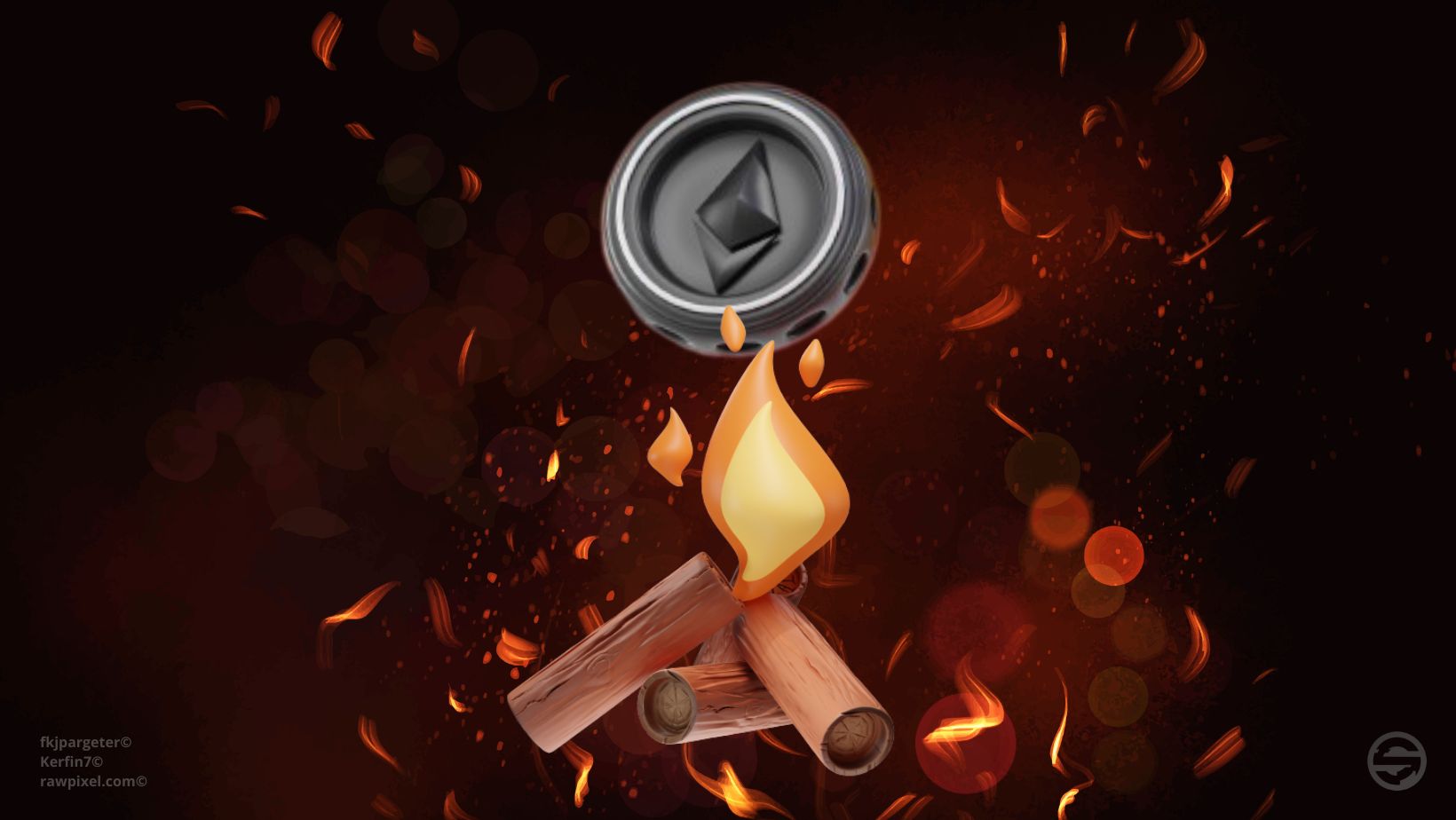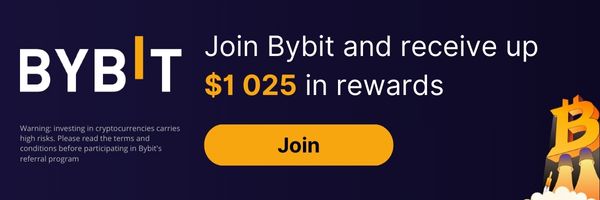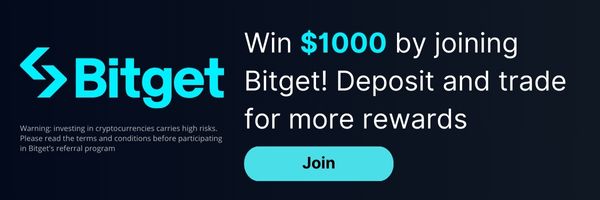
Table of contents
Maintaining the value of an asset can be a difficult task, even more so in the case of cryptoassets. Indeed, when a new cryptocurrency is launched, a fixed supply of tokens is expected most of the time, but not all tokens are created at once. It is therefore very often the case that a cryptocurrency is accompanied by high inflation before it meets sufficient demand to reach a certain value. This is why some people have been looking for an innovative way to maintain the value of an asset. This is how the burn token method came into being.
In this article, we'll explore what burn token is, why it's used and what impact it can have on investors. Before concluding, we'll also introduce two cryptocurrencies that make use of this process.
What is "Burn Token"?
The term "burn" refers to the destruction of tokens. Burn token is a process by which cryptocurrency tokens are voluntarily withdrawn from circulation, as originally intended, on a permanent basis. The main aim of this mechanism is to deflate the cryptocurrency by reducing the supply in circulation, thereby boosting its value. This is a direct reference to the principle of "supply and demand". If supply is high, but demand is low, the cryptocurrency will have great difficulty in being valued. Conversely, if supply is low, but demand is high, the cryptocurrency can rapidly increase in value.
In practical terms, tokens destined to be burned are not actually burned. They are sent to a wallet called "dead wallet" or "burn wallet". This is a specific wallet that can receive cryptocurrencies, but in which it is impossible to withdraw any. This type of wallet has no private key, which means that access to it is de facto impossible. To put it another way, when cryptocurrencies are sent to this type of wallet, they are sent definitively and irrevocably.
Why do some cryptocurrency projects practice "Burn Token"?
First of all, not all cryptocurrencies use this mechanism, as is the case with Bitcoin, which has a fixed supply of plus or minus 21 million bitcoins. There is no mechanism in the Bitcoin protocol that would allow the destruction of part of its supply or the creation of additional bitcoins than those initially planned. However, and not to be confused with burn token, it does happen that some coins or tokens are lost, contributing to the scarcity of a cryptocurrency. This is usually due to human error. For example, when someone sends funds to the wrong address, or when someone loses the private key to their wallet.
When it comes to cryptocurrencies that use this process, there are several reasons why some projects decide to practice burn tokenization. As mentioned above, one of the main reasons is to reduce the total supply of tokens in circulation. By reducing the supply, the scarcity of the remaining tokens increases, which can potentially lead to an increase in their value.
- The burn token can also be used to maintain the stability of a cryptocurrency. This is often the case with algorithmic stablecoins. Indeed, in order to maintain the value of these cryptocurrencies backed by specific currencies, such as the dollar for example, new tokens are regularly created and burned. In other words, if demand for a stablecoin rises and its price exceeds parity with the dollar, new tokens are automatically issued to bring the price down, and vice versa.

What is the impact of "Burn Token" on investors?
Token burn can have a significant impact on investors. By reducing the supply of tokens, it can create stronger demand for the remaining tokens, which can potentially increase their values. However, the burn token mechanism alone is not enough to expect an increase in the value of one's favorite cryptocurrency. Many factors need to be taken into account, such as the strength of the project, its popularity and market conditions.
What's more, the permanent destruction of tokens means that they will never be available again, which has the effect of reducing a crypto asset's liquidity. When tokens are burned, they are removed from circulation, which means there are fewer tokens available for exchange. This can lead to increased demand for the remaining tokens, which can drive up their price. However, it can also make it more difficult to sell or exchange tokens, as there is less supply on the market. This can lead to increased price volatility and reduced liquidity, which can make it harder to buy or sell tokens at a fair price.
Finally, to have a significant impact on the value of cryptocurrencies, it may be necessary to burn a considerable quantity of tokens. The destruction of a portion of the tokens implemented by some crypto projects sometimes has no impact on the value of their cryptocurrency, so great is the supply in circulation of these tokens. Investors need to understand these implications and check the legitimacy of the projects carrying out burn tokens before investing in them.
In all cases, investors should exercise caution and diligence by carrying out their own research before deciding to invest in a cryptocurrency.
Examples of Burn Token
There are many cryptocurrencies that use the burn token mechanism. This is particularly true of two well-known cryptocurrencies in the crypto ecosystem, namely: Ethereum (ETH) and Binance Coin (BNB).
1. Ethereum
Originally, Ethereum blockchain (ETH) was not expected to burn any of its coins. It wasn't until 2021, following a major update to Ethereum called EIP-1159, that the blockchain incorporated a mechanism for destroying part of its circulating supply. Indeed, this update changed the way transaction fees are calculated and introduced a new mechanism in which a portion of Ether is burned on each transaction. The amount of Ether burned varies according to demand for block space. Since the update, almost 3 million Ethers have already been burned through this process, and this figure continues to rise every day.
2. Binance Coin
Binance Coin (BNB) has two burn processes. The first, called auto-burn, takes place automatically every quarter and reduces the total number of coins in circulation. The first auto-burn took place in October 2017, when 0.49% of the total supply was destroyed. Related to this first method, Binance has developed the BNB Pioneer Burn program, in which users who are able to prove that they have sent BNBs to dead wallets can also include their coins in the auto-burn process and have the coins refunded from the amount realized in the auto-burn. To date, blockchain Binance has already implemented 23 auto-burns.
The second process is a real-time burn mechanism that was introduced in the Binance blockchain update BEP-95 and has the effect of destroying part of the BNB spent on gas fees on the Binance blockchain.
Conclusion
- Asset destruction is a common event in the crypto ecosystem, and for good reason, cryptocurrency burn tokens can be a useful tool for maintaining the value of a crypto asset and enticing investors. However, there's no guarantee that it will increase the price of a cryptocurrency. That's why, before investing in a cryptocurrency, it's important to examine its burn token strategy, if planned, and understand the associated implications and risks. The burn token should not be an argument in itself for investing your money in a cryptocurrency. It is always advisable to carry out further research and in-depth analysis before making any investment decisions.

- Check out our recommended article, which has been read by other users interested in this topic: What is cryptocurrency mining?



 Blockchain, Investment, Crypto
Blockchain, Investment, Crypto 2023-07-13
2023-07-13
